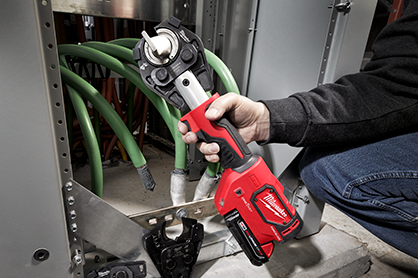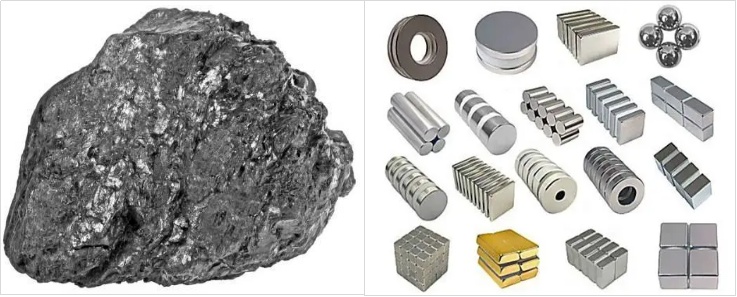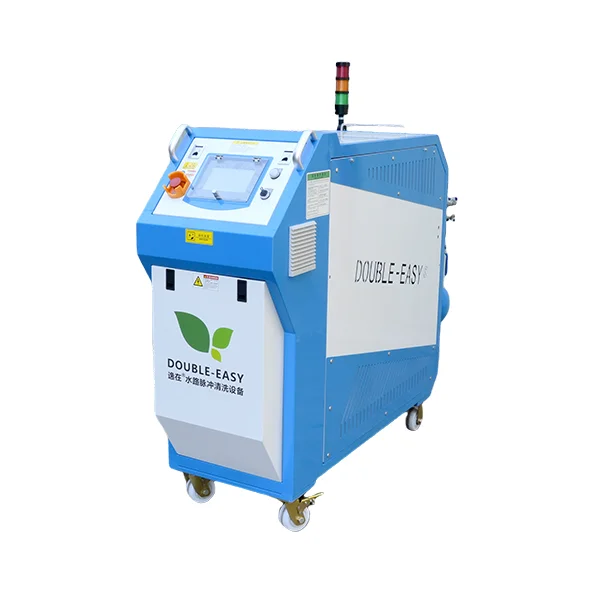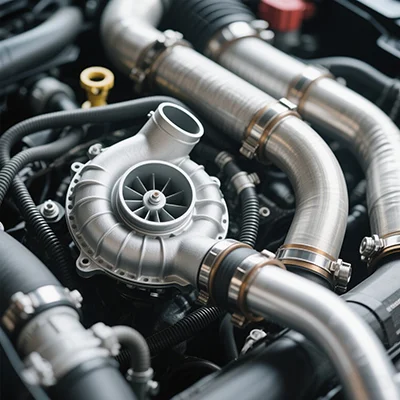
In the realm of construction, manufacturing, and DIY projects, tools are the lifeblood that keeps operations running smoothly. Among the vast array of tools available, pneumatic and power tools stand out due to their unique characteristics and applications. However, understanding the difference between these two types of tools can be a daunting task. This article aims to demystify the complexities surrounding pneumatic and power tools, shedding light on their differences, advantages, and ideal applications.
Pneumatic tools, also known as air tools, operate on compressed air supplied by an air compressor. Examples include air hammers, air ratchets, and pneumatic drills. On the other hand, power tools run on electricity, either through a cord connected to an outlet or a rechargeable battery. Examples include electric drills, circular saws, and jigsaws.
The primary difference between pneumatic and power tools lies in their power source and the way they generate force. Pneumatic tools use the potential energy stored in compressed air to perform work, while power tools rely on electric motors to convert electrical energy into mechanical energy.
Pneumatic tools are generally lighter, more durable, and more powerful than their power counterparts. They are less likely to overheat and can run continuously for longer periods. Moreover, they are safer to use in damp environments as they do not pose a risk of electric shock. However, they require an air compressor, which can be bulky and noisy, and the need for an air hose can limit mobility.
Power tools, on the other hand, offer greater portability and convenience. Cordless models, in particular, provide exceptional flexibility and are ideal for tasks that require mobility. They are also more suitable for precision tasks, as they often come with variable speed controls. However, they are generally heavier, less powerful, and more prone to overheating than pneumatic tools. Additionally, corded models can pose a tripping hazard, and battery-powered models may require frequent recharging.
Choosing between pneumatic and power tools depends on the specific requirements of the task at hand. Pneumatic tools are ideal for heavy-duty applications in industries like automotive repair and construction, where their power and durability shine. Power tools, on the other hand, are better suited for home use and lighter tasks that require precision and mobility.
In conclusion, while pneumatic and power tools may serve similar functions, they differ significantly in their operation, performance, and ideal applications. By understanding these differences, users can make informed decisions and choose the right tool for their needs. As technology continues to evolve, we can expect further advancements in both pneumatic and power tools, offering even more options for professionals and DIY enthusiasts alike.



